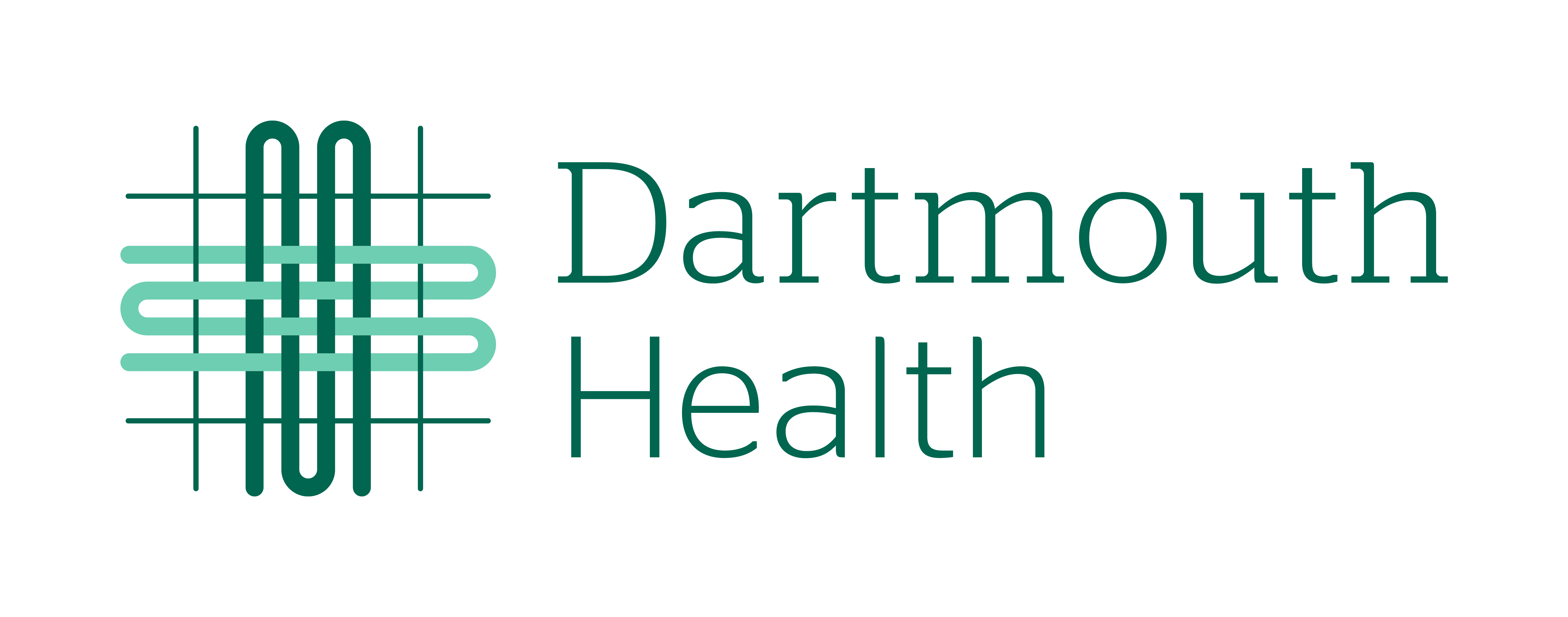Glossary
|
CDHP |
(see Consumer-Driven Health Plan) |
|
Coinsurance |
A percentage of the cost of services that an individual may be required to pay. |
|
Consumer-Driven Health Plan |
A plan that uses federally-established funding tools, such as Flexible Spending Accounts (FSAs), Health Savings Accounts (HSAs), and Health Reimbursement Arrangements (HRAs), to give the consumer more power in managing health care and its associated costs. |
|
Copayment |
A dollar amount an individual may be required to pay for certain services. The copayment is due at the time of visit or when the provider bills. Copayments are always fixed dollar amounts. |
|
Deductible |
A dollar amount an individual may be required to pay each calendar year (or plan year, depending on the individual’s plan) before services are covered under their health plan. |
|
Flexible Spending Account |
An account that is funded through payroll deduction before taxes are calculated and withheld. Participants can use the money to pay for eligible health care expenses that are not paid for by any medical or dental insurance, including office visit copayments, prescription drugs, and durable medical equipment. |
|
FSA |
(see Flexible Spending Account) |
|
HCR |
(see Health Care Reform) |
|
Health Care Reform |
Also known as Federal Health Care Reform. A term used to describe changes on governmental policy regarding health care. |
|
Health plan sponsor |
May be a self-funded employer, a union-negotiated program through a Taft-Hartley arrangement, an association of employers, or an insurance company. |
|
Health Reimbursement Arrangement |
A tax-favored employee benefit plan that is owned and funded by an employer, and is used to reimburse participating employees for eligible health care expenses, as defined by the employer. |
|
Health Savings Account |
An account that is funded through pre-tax deductions and is used to reimburse the employee for qualified medical expenses on a tax-free basis. HSAs operate in conjunction with an HSA-qualified High-Deductible Health Plan (HDHP). |
|
HIPAA |
Health Insurance Portability and Accountability Act of 1996. HIPAA and the Privacy and Security rules protect the privacy of an individual’s health information. They also govern the way certain health care providers and benefit plans collect, maintain, use and disclose protected health information. |
|
HRA |
(see Health Reimbursement Arrangement) |
|
HSA |
(see Health Savings Account) |
|
Out-of-Pocket Maximum |
The total amount an individual may be required to pay toward the cost of health care. Deductibles, coinsurance and copayments may accumulate toward the out-of-pocket maximum. |
|
Patient Protection and Affordable Care Act |
Legislation signed into law in March 2010 that made major changes to the health care system. |
|
PCP |
(see Primary Care Physician) |
|
PHI |
(see Protected Health Information) |
|
PPACA |
(see Patient Protection and Affordable Care Act) |
|
PPO |
(see Preferred Provider Organization) |
|
Precertification |
Authorization required before a specific service or medical procedure can be performed. |
|
Preferred Provider Organization |
A network of doctors, hospitals, and other health care providers who have agreed to provide services at negotiated rates. |
|
Primary Care Physician |
A physician who may provide routine/preventive services, help monitor and prevent illnesses, or arrange specialty care. |
|
Protected Health Information |
Information about an individual’s health status or that can link an individual to their health status. |
|
Self-funding |
Also known as self-insurance. An alternative method of providing employee health benefits. Employers create an account to pay their employees’ claims directly and fund that account when claims are incurred. |
|
Third Party Administrator |
Also known as TPA. Offer administrative and consulting services to health plan sponsors. |
|
TPA |
(see Third Party Administrator) |



